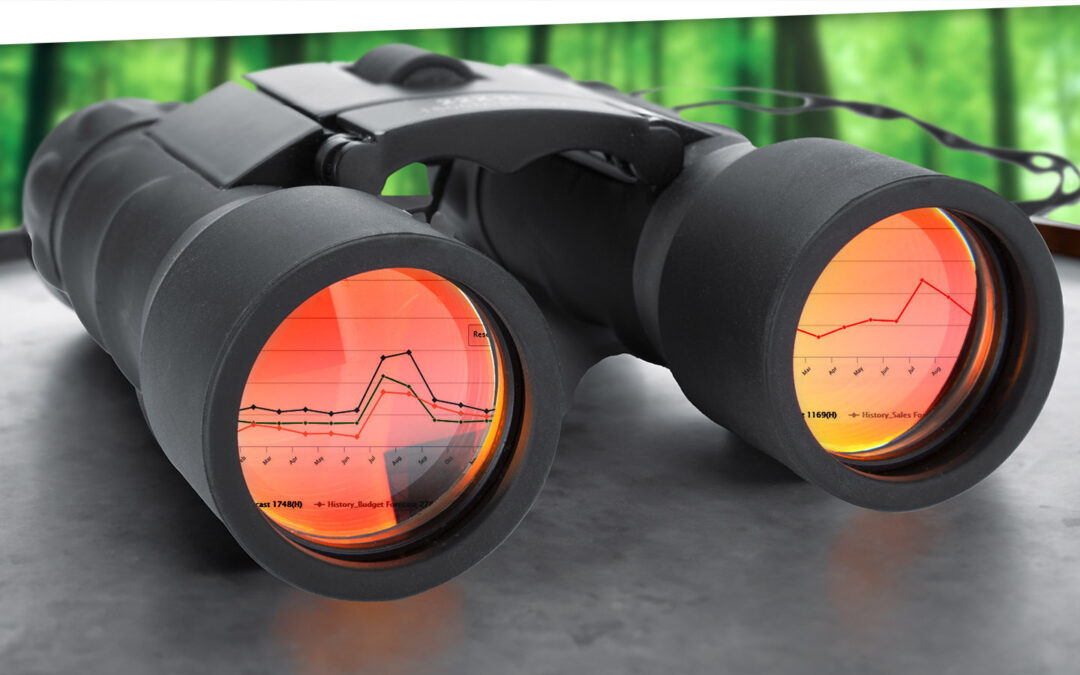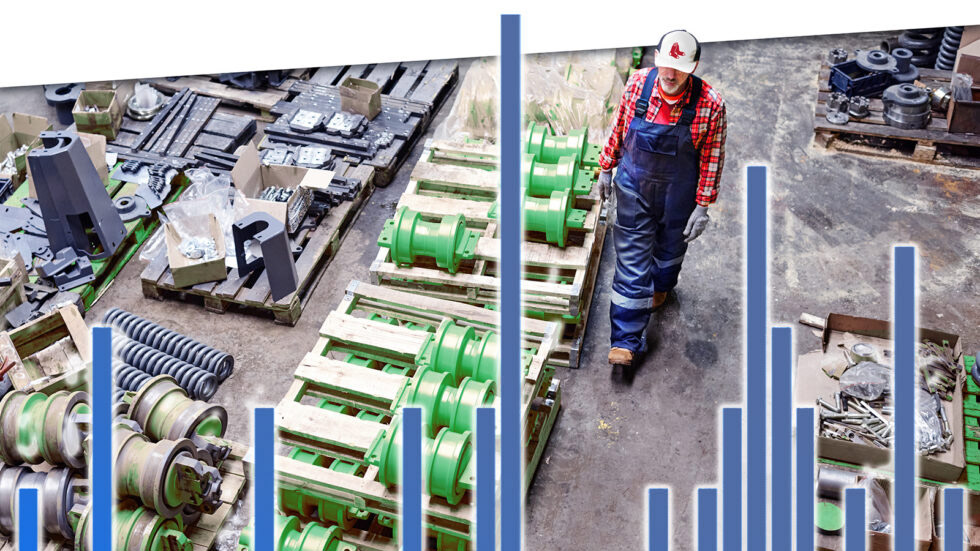Forecasting is a fully developed business process that most organizations still struggle with today. Almost everyone’s top priority is probably to be able to consistently and accurately forecast Sales, Demand, Costs, Inventory, etc. The inability to obtain a good forecast frequently has a significant business impact. Inaccurate forecasting leads to overstocking or running out, resulting in high costs and excess, impacting the bottom line and the success of the company.
A good forecast should give you enough confidence to make sound business decisions. For a more efficient forecast, consider these best practices:
- What are the most common forecasting methods, and why do they produce inaccurate results.
- How to achieve better ROI and optimal processes through scale, granularity, and agility
- How to improve forecasting accuracy
- How to use simple machine learning and artificial intelligence tools to get accurate and scalable forecasts

Looking for Trouble in Your Inventory Data
In this video blog, the spotlight is on a critical aspect of inventory management: the analysis and interpretation of inventory data. The focus is specifically on a dataset from a public transit agency detailing spare parts for buses.

Can Randomness be an Ally in the Forecasting Battle?
When we try to understand the complex world of logistics, randomness plays a pivotal role. This introduces an interesting paradox: In a reality where precision and certainty are prized, could the unpredictable nature of supply and demand actually serve as a strategic ally?
The quest for accurate forecasts is not just an academic exercise; it’s a critical component of operational success across numerous industries. For demand planners who must anticipate product demand, the ramifications of getting it right—or wrong—are critical. Hence, recognizing and harnessing the power of randomness isn’t merely a theoretical exercise; it’s a necessity for resilience and adaptability in an ever-changing environment.

The Objectives in Forecasting
A forecast is a prediction about the value of a time series variable at some time in the future. For instance, one might want to estimate next month’s sales or demand for a product item. A time series is a sequence of numbers recorded at equally spaced time intervals; for example, unit sales recorded every month. The objectives you pursue when you forecast depend on the nature of your job and your business. Every forecast is uncertain; in fact, there is a range of possible values for any variable you forecast. Values near the middle of this range have a higher likelihood of actually occurring, while values at the extremes of the range are less likely to occur.

The Forecasting Process for Decision-Makers
In almost every business and industry, decision-makers need reliable forecasts of critical variables, such as sales, revenues, product demand, inventory levels, market share, expenses, and industry trends.Many kinds of people make these forecasts. Some are sophisticated technical analysts such as business economists and statisticians. Many others regard forecasting as an important part of their overall work: general managers, production planners, inventory control specialists, financial analysts, strategic planners, market researchers, and product and sales managers. Still, others seldom think of themselves as forecasters but often have to make forecasts on an intuitive, judgmental basis.

Leveraging ERP Planning BOMs with Smart IP&O to Forecast the Unforecastable
In a highly configurable manufacturing environment, forecasting finished goods can become a complex and daunting task. The number of possible finished products will skyrocket when many components are interchangeable. A traditional MRP would force us to forecast every single finished product which can be unrealistic or even impossible. Several leading ERP solutions introduce the concept of the “Planning BOM”, which allows the use of forecasts at a higher level in the manufacturing process. In this article, we will discuss this functionality in ERP, and how you can take advantage of it with Smart Inventory Planning and Optimization (Smart IP&O) to get ahead of your demand in the face of this complexity.

The Forecast Matters, but Maybe Not the Way You Think
True or false: The forecast doesn’t matter to spare parts inventory management. At first glance, this statement seems obviously false. After all, forecasts are crucial for planning stock levels, right? It depends on what you mean by a “forecast”. If you mean an old-school single-number forecast (“demand for item CX218b will be 3 units next week and 6 units the week after”), then no. If you broaden the meaning of forecast to include a probability distribution taking account of uncertainties in both demand and supply, then yes.
Problem
Generating accurate statistical forecasts isn’t an easy task. Planners need to keep historical data continually up to date, build and manage a database of forecasting models, know which forecast methods to use, keep track of forecast overrides, and report on forecast accuracy. These steps are typically managed in a cumbersome spreadsheet that is often error-prone, slow, and difficult to share with the rest of the business. Forecasts tend to rely on one-sized fits all methods that require seasonality and trend to be added manually resulting in inaccurate predictions of what comes next
Solution
SmartForecasts ® Cloud
Accurate Demand Forecasts
Best Forecasting Methods

Imports Historical Data
What can you do with SmartForecasts?
- Run a forecasting tournament that selects the right forecasting method for each item.
- Hand-craft forecasts using several time-series forecasting methods and non-statistical methods.
- Automatically predict trends, seasonality, and cyclical patterns.
- Imports demand data from files
- Leverage ERP connectors to automatically import demand data and return forecast results
Who is SmartForecasts for?
• Demand Planners.
• Forecast Analysts.
• Material & Inventory Planners.
• Operational Research Professionals.
• Sales Analysts.
• Statistcally Minded Executives.
A Reliable and Secure Platform












